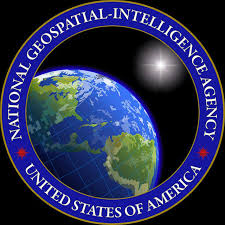Reference
Last Database Update mm/dd/yy
Geographic Names Server
Next Database Update mm/dd/yy
Current GNS Count:
Features and
Names
GNS is current to GENC Standard Ed
Update
GNS Schema Information
About
GNS Code Reference Tables
About
Country Codes
About
Please note: The GENC Registry Webpage will be updated with the most current version at a later date.
Country Policies
Geographic Names Standardization Policies By Country
Romanization Systems
Romanization Systems
Foreign Names Committee (FNC)
Foreign Names Committee (FNC)
FNC Meeting Minutes
FNC Policies
FNC Other Documents
The U.S. Board on Geographic Names (BGN)
About
U.S. Board on Geographic Names (BGN) Advisory Committee on Undersea Features (ACUF)
ACUF Secretary
underseafeatures@nga.mil
Information for submitting name proposals
Contacts -
GNS Support
Commercial: (571) 557-5959
DSN 547-5959
geonames@nga.mil
-
Advisory Committee on
Undersea Features (ACUF)
underseafeatures@nga.mil


